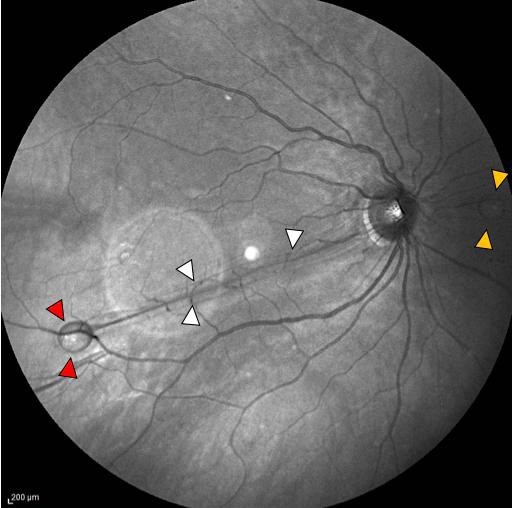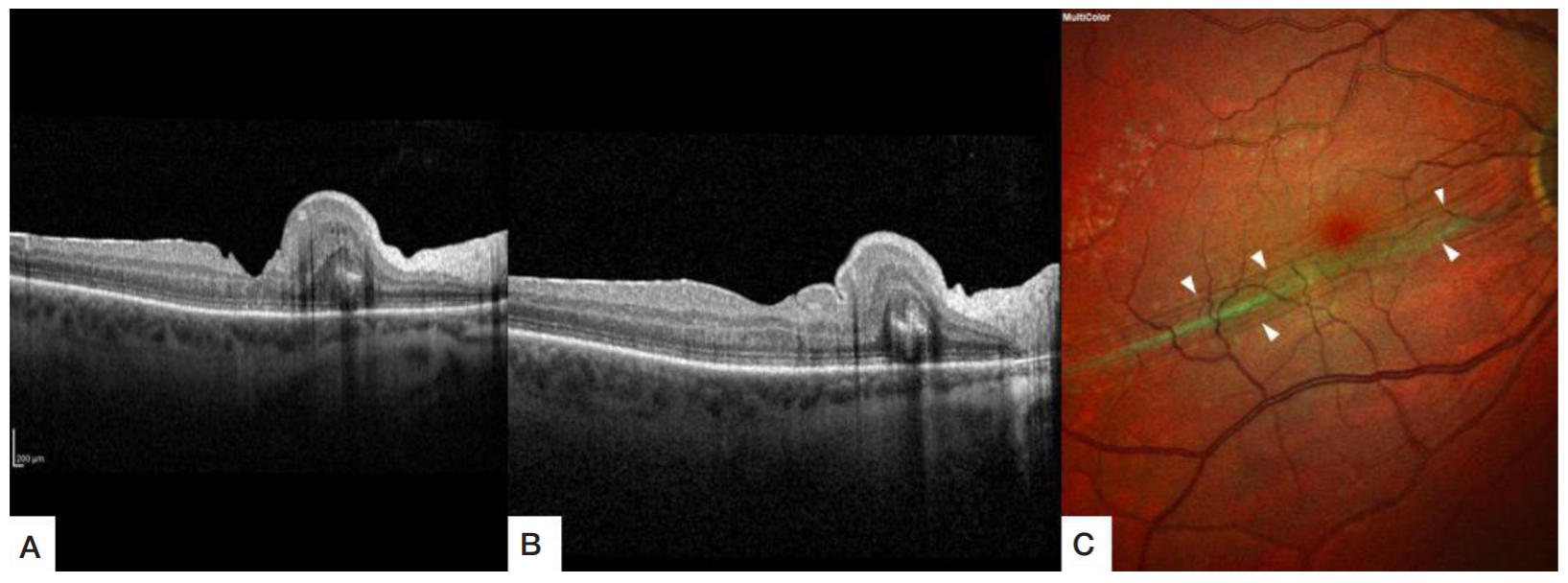
This article is an open access article distributed under the terms and conditions of the Creative Commons Attribution license (CC BY).
CLINICAL CASE
Laser treatment of macular retinal folds in late postoperative period after retinal detachment repair
Pirogov Russian National Research Medical University, Moscow, Russia
Correspondence should be addressed: Ekaterina P. Tebina
Volokolamskoe shosse, d. 30, korp. 2, Moscow, 123182, Russia; ur.liam@anibetaniretake
Author contribution: Takhchidi KhP — study concept and design, manuscript editing; Takhchidi EKh — literature analysis; Tebina EP — data acquisition, manuscript preparation; Kasminina TA — laser therapy.
Compliance with ethical standards: the patient gave informed consent to laser therapy and personal data processing.




